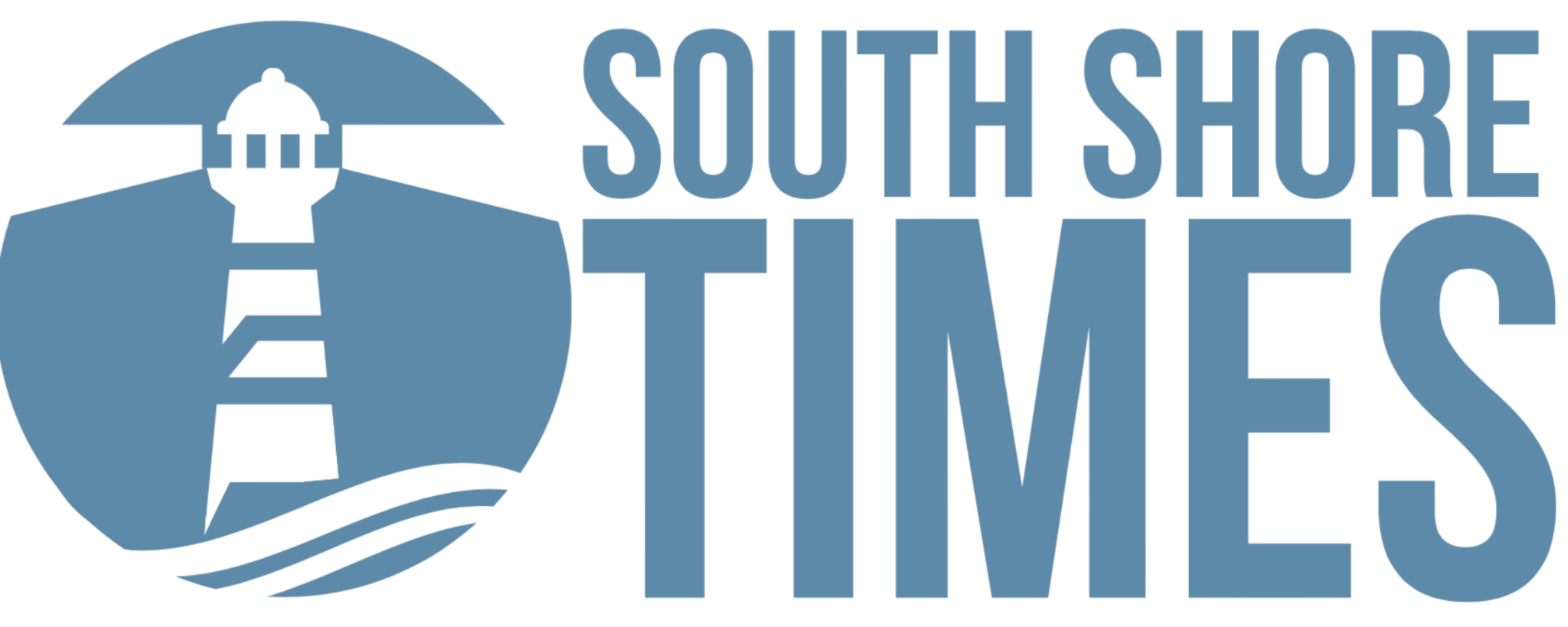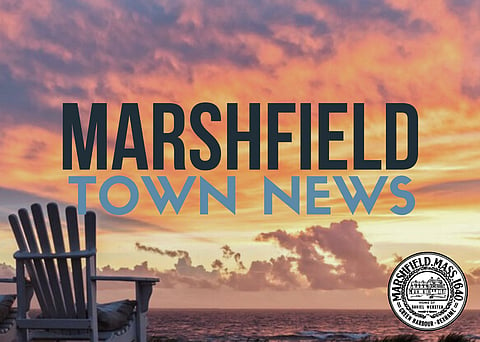Town Administrator: FY26 Budget Balances Growth and Prudence
Budget Overview: Marshfield's proposed $119.9 million FY26 budget includes increases for schools (3%), public safety (6.3%), and general government (13.6%), aiming to support essential services while avoiding layoffs.
Revenue Debate: Select Board Member Eric Kelley raised concerns about relying on $19.1 million in state aid, calling it “Christmas money,” while Town Administrator Michael Maresco defended the projections as realistic and based on historical trends.
Rising Costs: Pension contributions are increasing by $913,106, and healthcare costs remain a major challenge, with ongoing efforts to manage these expenses while attracting talent.
Infrastructure Needs: The town faces significant financial pressures, including school roof replacements, sea wall repairs, and potential costs associated with the proposed South Shore Regional Technical High School rebuild.
Sustainability and Debt Management: Investments in renewable energy projects aim to reduce long-term utility costs, while conservative debt management strategies have reduced expenses by over $200,000.
Marshfield’s Budget Blueprint: Growth with Fiscal Challenges
Marshfield town officials have proposed a $119.9 million budget for fiscal year 2026, which they say strikes a balance between funding essential services and addressing rising costs. The plan includes increases for public safety, education, and sustainability initiatives, but not without concerns from some officials about its reliance on anticipated revenues.
Town Administrator Michael Maresco presented the budget during the January 21 Select Board meeting, describing it as a forward-looking plan that supports the town’s needs while avoiding layoffs and maintaining fiscal stability. However, Select Board Member Eric Kelley expressed caution about the town’s financial strategy, leading to discussions on risk management and long-term planning.
Schools, Safety, and Services See Increases
The proposed FY26 budget features a 3% increase in funding for Marshfield Public Schools, raising their allocation to $59.4 million. This increase is intended to cover operational needs, including accessibility and security improvements, as well as support for a pre-K facility that opened in 2023.
Public safety funding is also slated for a 6.3% increase, with an additional $928,028 allocated for police, fire, and ambulance services. Two new ambulances, purchased with federal ARPA funds, were delivered last fall to enhance emergency response.
General government funding would see the largest percentage increase, up by 13.6% to $4.5 million. Town officials say the allocation accounts for contractual salary increases and operational improvements, including progress on the Munis financial system, which is expected to be fully implemented by 2027.
Despite these increases, Maresco emphasized that the budget does not rely on layoffs or furloughs, a notable achievement compared to other towns. “Unlike many of our neighboring communities, we have not had to implement any layoffs or furloughs,” Maresco said.
Debate Over Revenue Reliance
Projected revenues for FY26 are expected to increase by 3.27%, driven by property taxes, state aid, and local receipts. However, Kelley voiced concerns about the town’s reliance on $19.1 million in state aid, which he likened to “Christmas money.”
“My concern is…we’re basing on money that we may be anticipating getting,” Kelley said, warning of potential budgetary shortfalls if the aid is reduced.
Maresco countered by explaining that the town’s revenue estimates are based on historical trends and realistic expectations. “The state has a $36 billion budget and anticipates 3.5% growth. We are very conservative when we use those numbers,” he said.
Kelley, however, suggested a more cautious approach, advocating for a budget based on lower revenue projections to minimize risk. “I’d rather go lower than what we’re projecting and stay within those rails,” he said.
Rising Costs and Long-Term Planning
The budget reflects ongoing challenges, particularly rising healthcare and pension expenses. Pension contributions are projected to increase by $913,106, and healthcare costs remain a significant expense.
Kelley questioned whether the town had fully explored alternative healthcare plans to control costs. Maresco responded that the town’s current plan, through Mayflower Municipal Health, offers competitive rates and superior pharmacy benefits.
“Healthcare is one of those things people look at when deciding whether to take a job,” Maresco said. “We have to pay more to offset that cost and attract talent.”
Infrastructure needs also loom large in the budget. Roof replacements for multiple schools, sea wall repairs, and the potential cost of a new South Shore Regional Technical High School are among the significant financial pressures the town faces.
The high school project, estimated at $278 million, would require a debt exclusion vote, with Marshfield’s share projected at $1.3 million annually for 30 years. “We’ll know better if we have to look more seriously after Saturday,” Maresco said, referencing the upcoming district election.
Striking a Balance
The FY26 budget includes investments in sustainability, with funding for renewable energy projects such as solar carports and EV charging stations. Officials say these initiatives will reduce long-term utility costs and support the town’s environmental goals.
Debt service management also remains a focus. According to Maresco, the town’s strategy of uniform level principal payments has reduced expenses by over $200,000.
“This is a balanced budget,” Maresco said. “We continue to fund essential services without relying on free cash, and we remain committed to maintaining and enhancing our community’s assets.”
As the town heads toward its April meeting, the proposed FY26 budget will undergo further scrutiny. With debates over revenue projections and cost management highlighting differing priorities among town leaders, the final budget will ultimately reflect Marshfield’s approach to balancing growth and caution.

